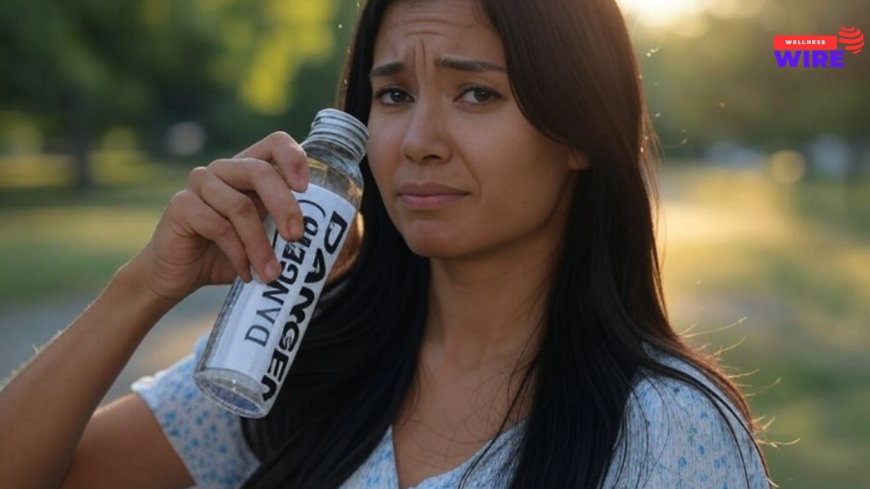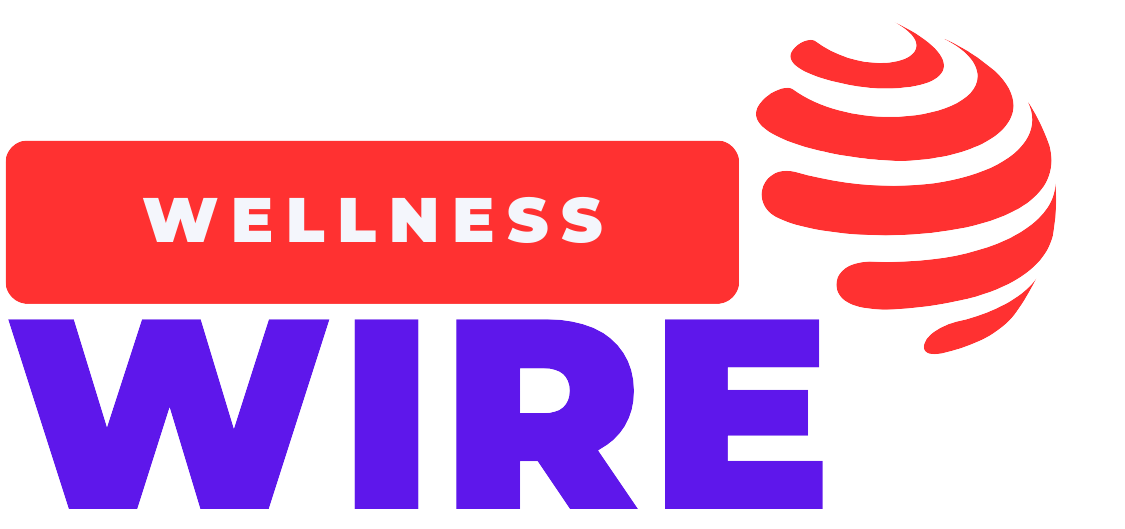Is Your Water Making You Sick? The Hidden Dangers in Your Tap and Bottled Water
Is your water safe? Discover the shocking dangers lurking in both tap and bottled water, from heavy metals to microplastics, and learn how to protect your health.

Introduction: The Water Crisis No One is Talking About
We often take water for granted, assuming it’s clean and safe. But what if the water you drink every day is actually harming your health?
From toxic chemicals in tap water to microplastics in bottled water, recent studies suggest that contaminants in drinking water are more dangerous than we think. Many of these pollutants have been linked to hormonal imbalances, neurological disorders, and even cancer.
So, is your water making you sick? And what can you do to ensure you’re drinking safe, clean water? Let’s dive into the hidden dangers of both tap and bottled water—and what you can do to protect yourself.
The Hidden Dangers in Tap Water
1. Chlorine and Chloramine: The Hidden Killers
Municipal water treatment plants use chlorine and chloramine to disinfect water. While they kill bacteria and viruses, these chemicals can also create toxic byproducts known as trihalomethanes (THMs), which have been linked to:
- Increased risk of bladder and colon cancer
- Damage to the liver and kidneys
- Hormonal imbalances affecting thyroid function
According to the Environmental Working Group (EWG), over 250 U.S. water systems exceed the safe limit for THMs. (Source: EWG)
2. Lead Contamination: A Nationwide Crisis
The Flint water crisis exposed a terrifying truth—lead contamination is widespread in the U.S. Lead enters drinking water through old pipes, and even low levels can cause:
- Brain damage and lower IQ in children
- Heart disease and kidney failure in adults
- Developmental disorders and learning disabilities
A study by the Natural Resources Defense Council (NRDC) found that more than 18 million Americans were exposed to lead in drinking water between 2015 and 2018. (Source: NRDC)
3. PFAS: The “Forever Chemicals” in Your Water
Per- and polyfluoroalkyl substances (PFAS), also known as “forever chemicals”, are man-made compounds used in non-stick cookware, food packaging, and industrial processes. These chemicals have contaminated drinking water supplies across the world.
Health effects of PFAS exposure:
- Increased risk of cancer (kidney, testicular, and breast cancer)
- Immune system suppression
- Hormonal disruptions and infertility
A 2023 report by the Environmental Protection Agency (EPA) found that over 200 million Americans are exposed to unsafe PFAS levels in drinking water. (Source: EPA)
4. Pharmaceuticals in Tap Water
Medications like antibiotics, antidepressants, birth control hormones, and painkillers have been found in tap water supplies. These drugs enter the water system through human waste, improper disposal, and industrial waste runoff.
Long-term exposure to pharmaceutical contaminants may contribute to:
- Antibiotic resistance
- Hormonal imbalances and fertility issues
- Neurological disorders
A study from Harvard University found traces of prescription drugs in 80% of municipal water systems. (Source: Harvard T.H. Chan School of Public Health)
Is Bottled Water Any Safer? Think Again.
If you think bottled water is a safer alternative, think again. Studies show that bottled water can be just as contaminated as tap water—if not worse.
1. Microplastics in Bottled Water
A shocking study from Orb Media found that 93% of bottled water brands contain microplastics. (Source: Orb Media)
These tiny plastic particles come from:
- The bottling process
- Plastic packaging leaching chemicals into the water
- Environmental contamination
Consuming microplastics has been linked to:
- Endocrine disruption and hormonal imbalances
- Increased risk of cancer
- Digestive and immune system damage
2. Chemical Leaching from Plastic Bottles
Bottled water is often stored in plastic containers made from PET (polyethylene terephthalate), which can leach harmful chemicals into the water, especially when exposed to heat or sunlight.
Some of these chemicals include:
- Bisphenol A (BPA) – A known endocrine disruptor linked to infertility, heart disease, and obesity
- Phthalates – Chemicals associated with hormone disruption and developmental issues in children
A Stanford University study found that bottled water stored in hot conditions contained 90% more chemical leachates than water stored in glass bottles. (Source: Stanford University)
3. Bottled Water is Often Just Tap Water
Many bottled water brands are nothing more than filtered municipal tap water. In fact, brands like Aquafina and Dasani openly admit that their water comes from municipal sources.
This means you’re paying a premium for the same water—but with added risks from plastic contamination.
How to Ensure You’re Drinking Safe Water
Now that you know the risks, how can you ensure you’re drinking clean, safe water? Here are some practical steps:
1. Invest in a High-Quality Water Filter
A good water filtration system can remove most contaminants. Some of the best options include:
✅ Reverse Osmosis Filters – Removes lead, PFAS, chlorine, and pharmaceuticals
✅ Activated Carbon Filters – Reduces chlorine, pesticides, and organic compounds
✅ Berkey Water Filters – One of the best gravity-fed filters for removing a wide range of contaminants
Check independent water filter test results from organizations like NSF International before purchasing. (Source: NSF)
2. Choose Glass or Stainless Steel Over Plastic
If you buy bottled water, opt for glass or stainless steel containers to avoid chemical leaching from plastic.
3. Get Your Tap Water Tested
To find out what’s in your tap water, request a water quality report from your local utility company or use an at-home test kit from trusted brands like SimpleWater Tap Score. (Source: Tap Score)
4. Drink Natural Spring Water
If possible, source natural spring water from a certified clean source, which often contains essential minerals without harmful contaminants.
Final Thoughts: Is Your Water Making You Sick?
The truth is, both tap and bottled water come with serious health risks. While tap water is often contaminated with chemicals, heavy metals, and pharmaceuticals, bottled water carries the risk of plastic leaching and microplastic contamination.
The best solution? Filtering your own water, avoiding plastic bottles, and staying informed about water quality standards. Clean water is essential for good health—don’t take it for granted.
What's Your Reaction?
 Like
0
Like
0
 Dislike
0
Dislike
0
 Love
0
Love
0
 Funny
0
Funny
0
 Angry
0
Angry
0
 Sad
0
Sad
0
 Wow
0
Wow
0



















































